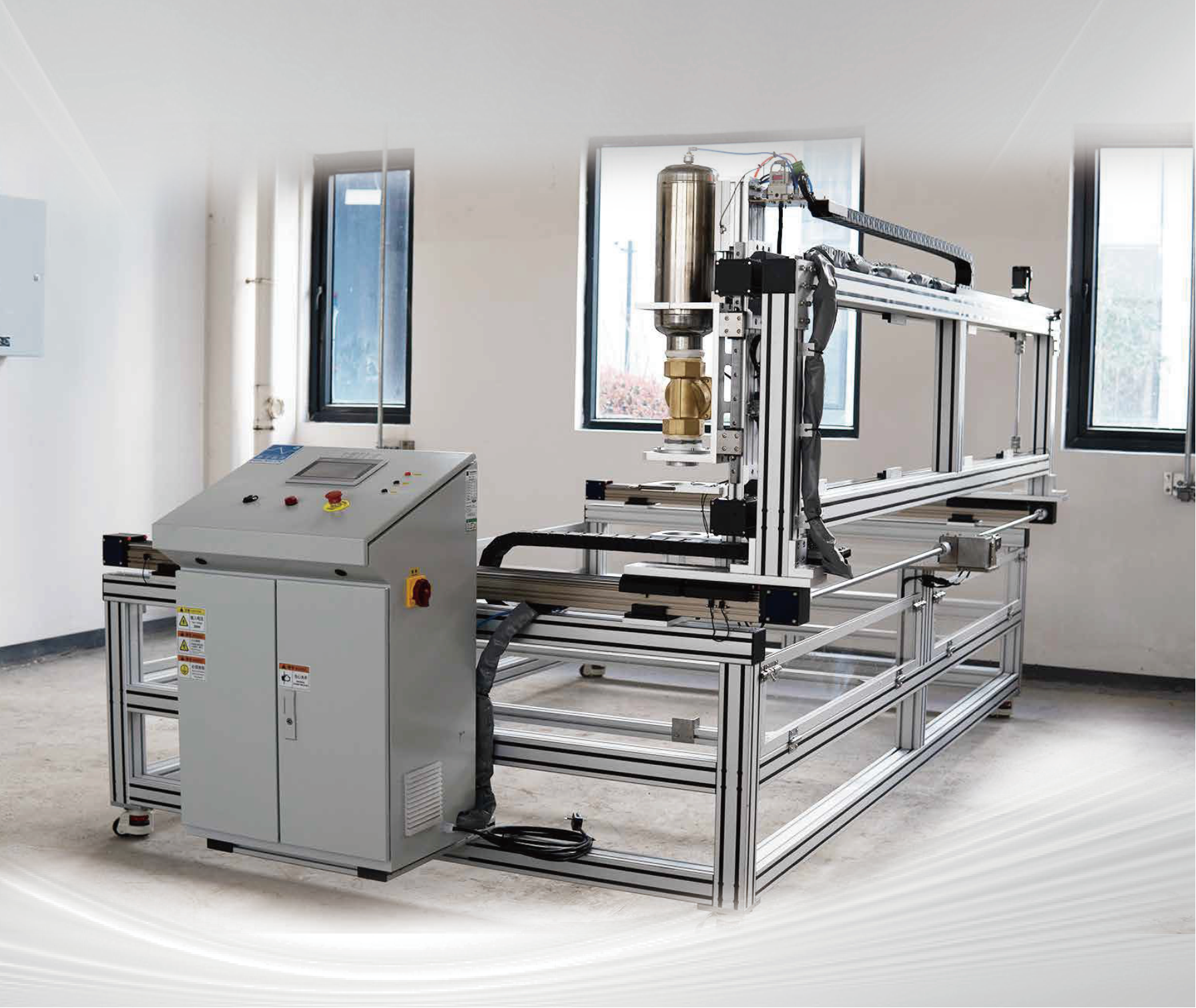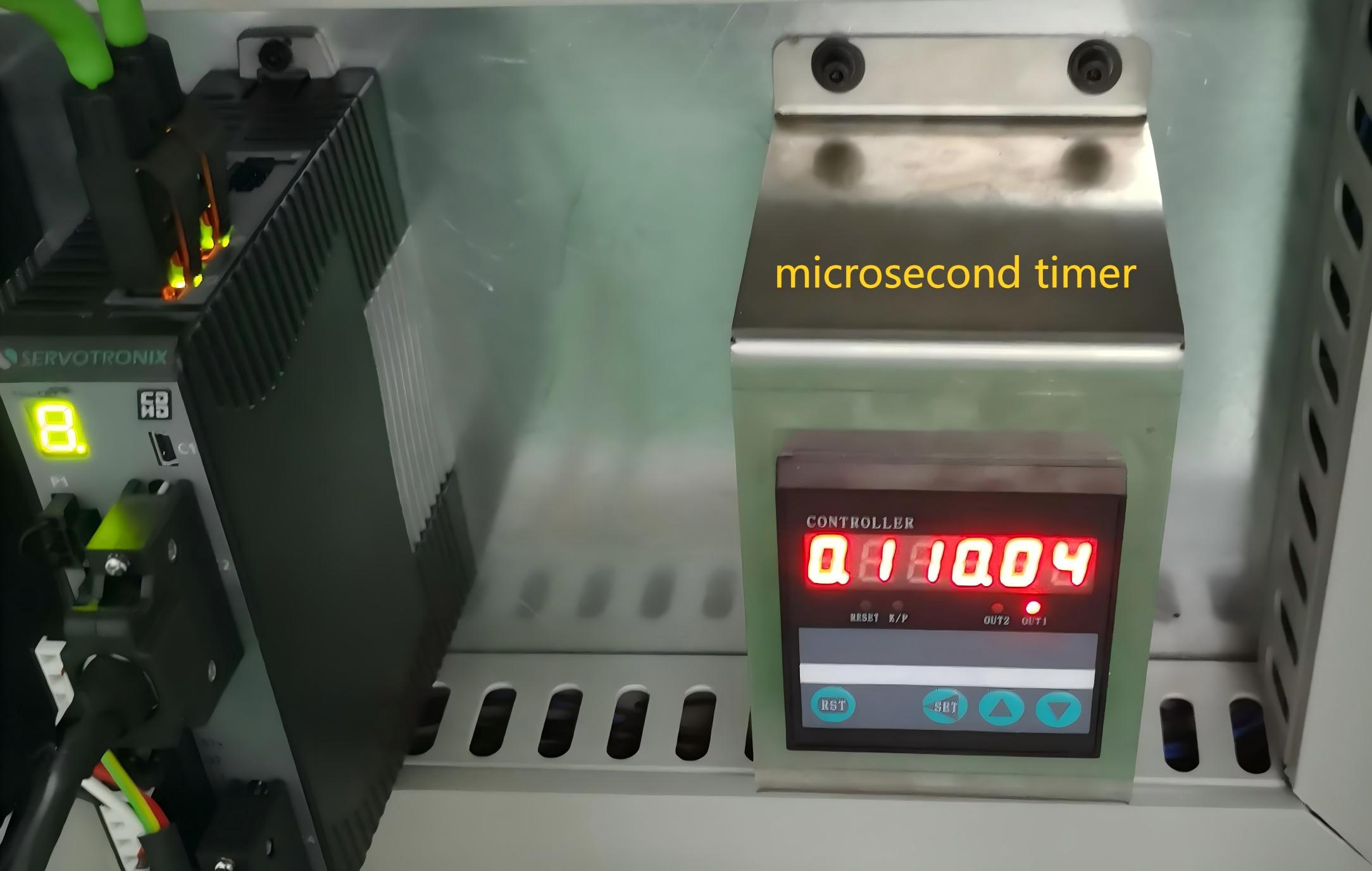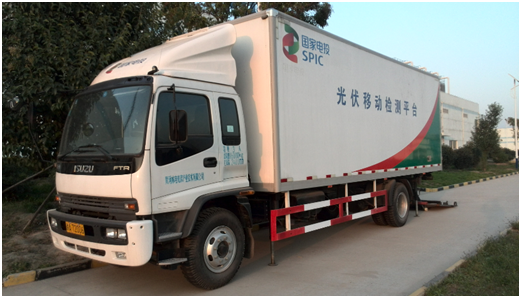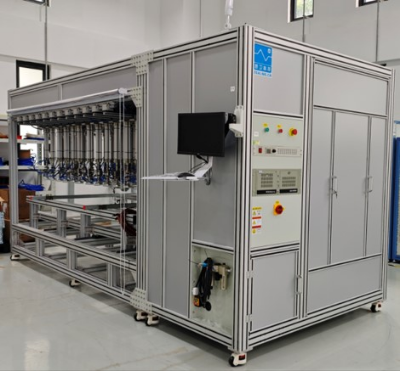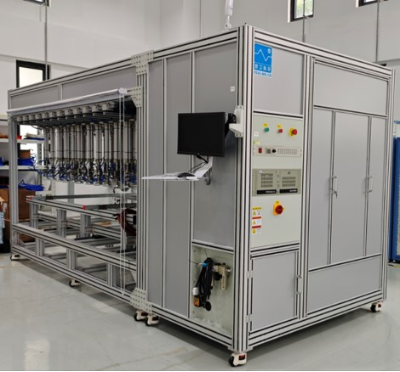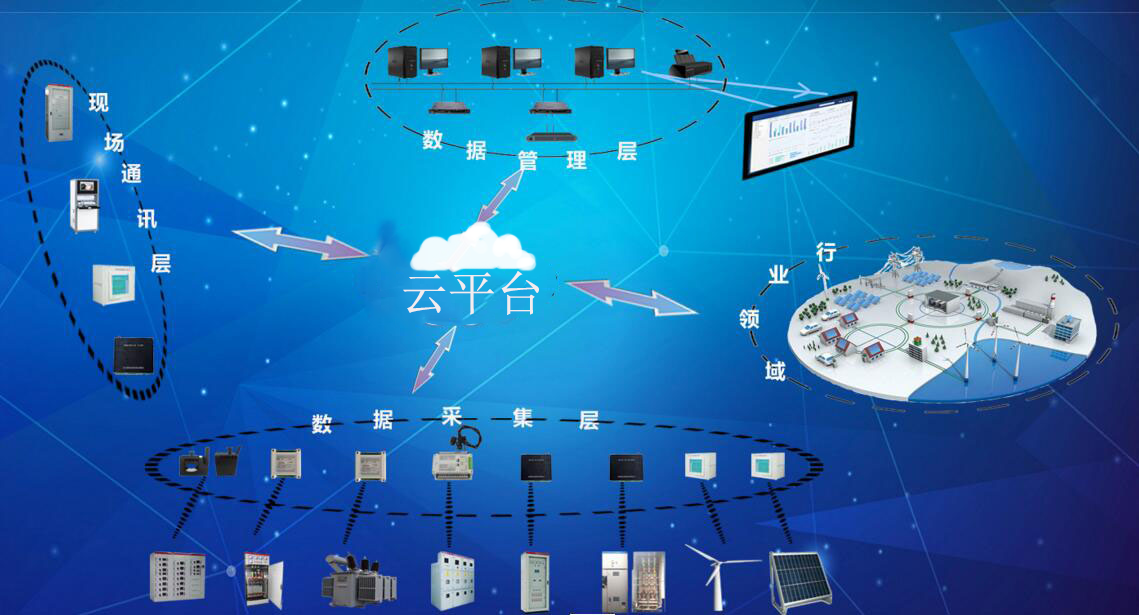Application of Median Average Filtering in Hail Testing for PV Modules Purpose of the Hail Testing Machine
Application of Median Average Filtering in Hail Testing for PV Modules
Purpose of the Hail Testing Machine
The hail testing machine complies with IEC 61215-MQT17, verifying whether solar panels can withstand hail impact.
Below is Zealwe Tech’s hail testing machine:
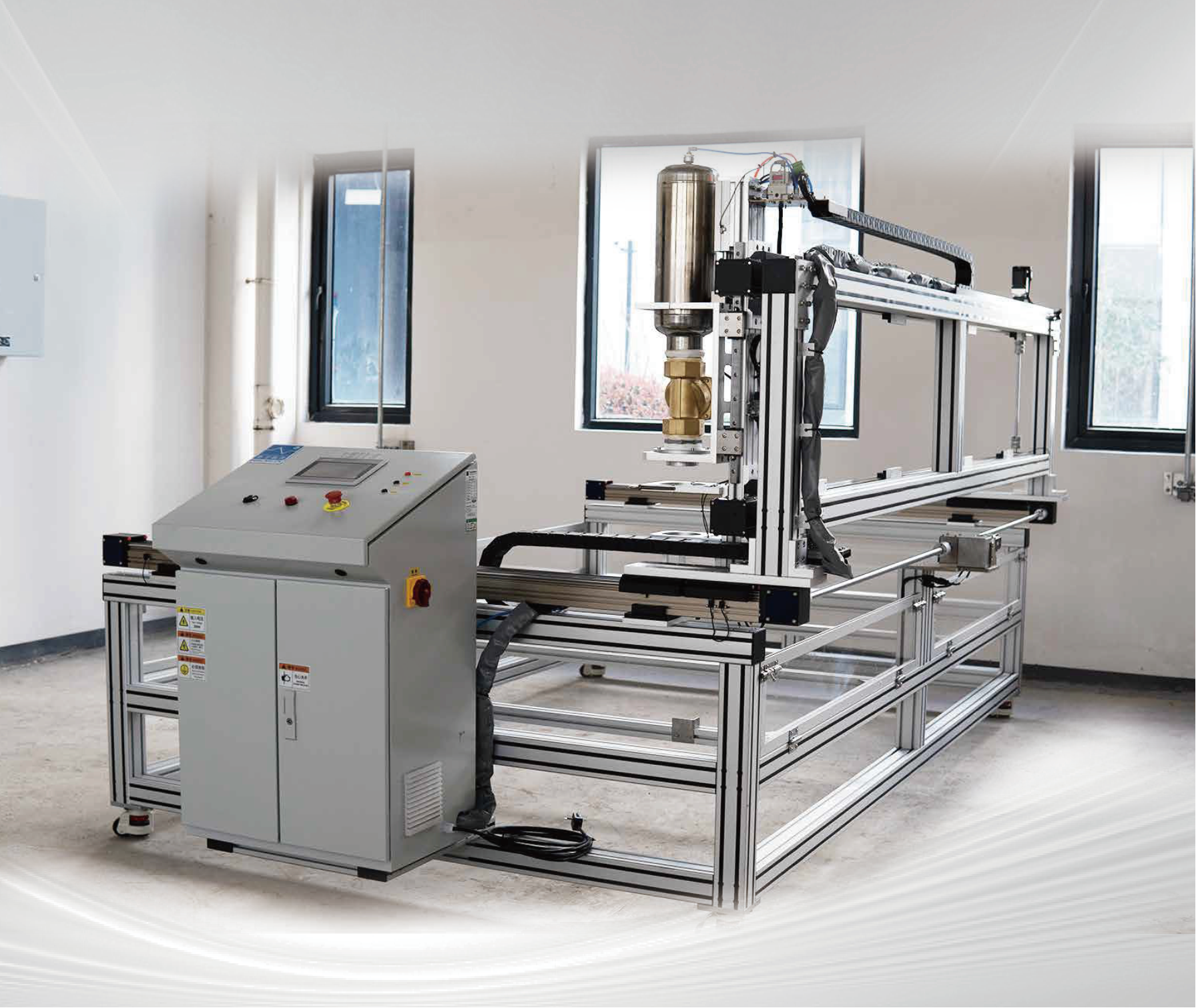
1. Structure of the Hail Testing Machine
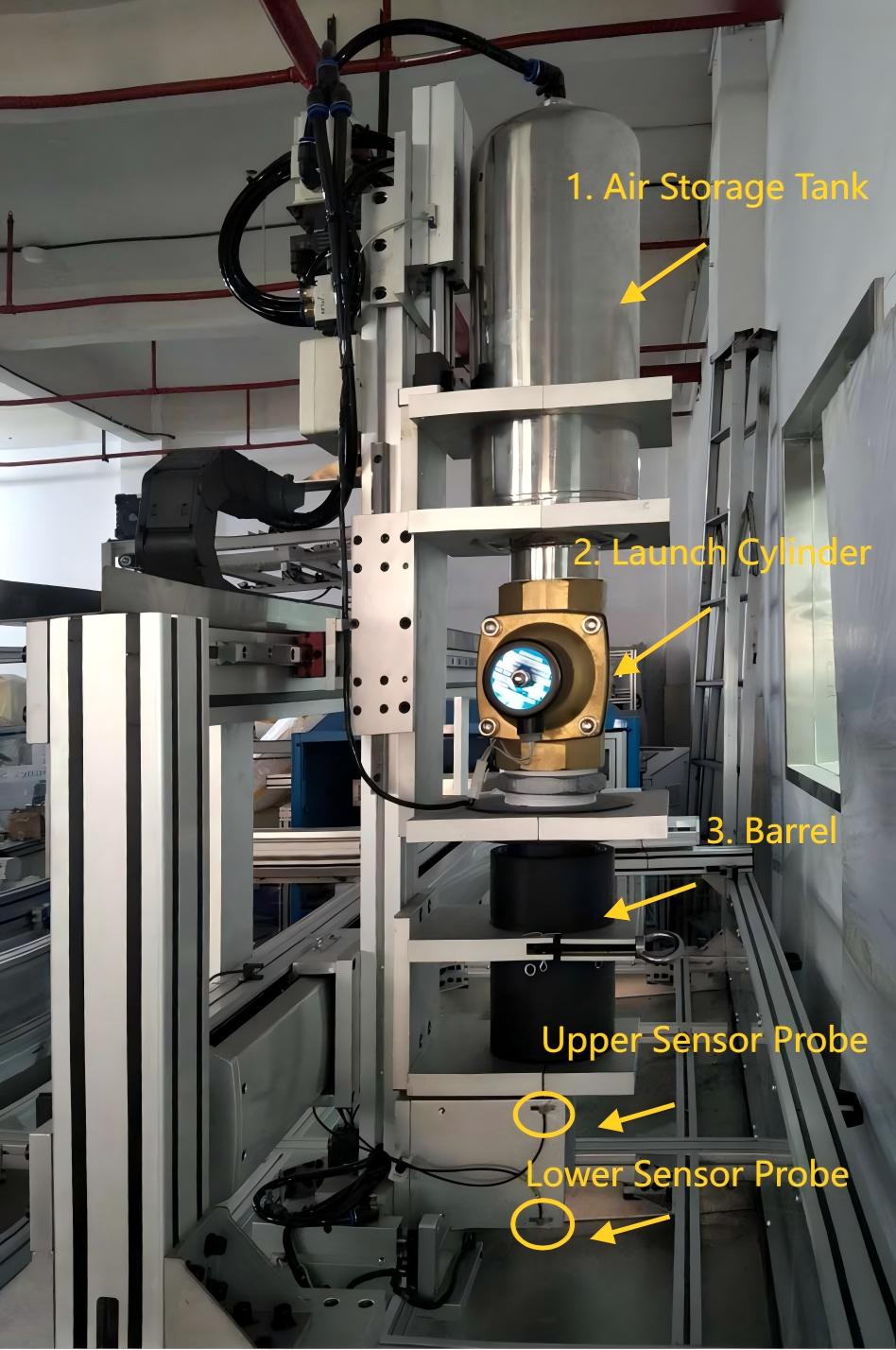
1.1 Hail Velocity Testing Structure
As shown in the diagram(From top to bottom) :
1) Air Storage Tank: Stores compressed gas based on ice ball diameter.
2) Launch Cylinder: Releases gas to propel the ice ball.
3) Barrel: Holds the ice ball before launch.
4) Upper Sensor Probe: Detects the ice ball’s initial passage.
5) Lower Sensor Probe: Detects the ice ball’s exit.
1.2 Hail Velocity Testing Principle
When the launch cylinder opens, compressed gas pushes the ice ball downward.
The upper sensor triggers a signal to start the microsecond timer.
The lower sensor stops the timer when the ice ball passes through.
Velocity = Distance between probes / Time recorded.
2. Inaccurate Hail Test Speed Measurement
During actual testing, inconsistent ice ball speeds often occur. A key cause is non-uniform transparency of handmade ice balls, affecting sensor detection.

This results in inconsistent light transmittance across different parts of the ice ball, causing the fiber amplifier to receive chaotic signals with multiple trigger waveforms. Consequently, the measured speed becomes inaccurate.
Figure 1: Signal Interference

Test results using 25mm diameter ice balls without applying the "Median Average Filtering Method" are shown below:


3. Conventional Improvement Methods
The traditional approach involves adding substances like milk or ink to the water when making ice balls, ensuring uniform transparency.
As shown in the signal diagram below, this method produces stable speed measurements.

 However, these additives alter the density of ice balls with the same dimensions. Under identical diameter conditions, the ice balls' weight exceeds standard requirements. Consequently, test data obtained this way loses its reference value.
However, these additives alter the density of ice balls with the same dimensions. Under identical diameter conditions, the ice balls' weight exceeds standard requirements. Consequently, test data obtained this way loses its reference value.
4. Our Solution
Zealwe Tech employs the Median Average Filtering Method to eliminate signal interference caused by inconsistent ice ball transparency, effectively resolving speed measurement inaccuracies from fiber amplifiers.
Originally used in temperature monitoring systems, this method proves essential in industrial control environments with multiple interference factors (ambient temperature, power plants, magnetic fields). Applying it to hail velocity testing has yielded excellent results, significantly improving measurement accuracy.
4.1 How It Works
The method:
Continuously collects N data samples
Discards one highest and one lowest value (potential outliers)
Averages the remaining data
This filters extreme interference, bringing results closer to true values.


4.2 Results of Applying the Median Average Filtering Method
By using this method, we eliminate the need for additives like milk or ink in ice ball production. The resulting ice balls better simulate natural hail conditions, making test data far more reliable.
Figures 2-4 show highly stable speed measurements for 25mm ice balls using this method, with minimal deviation.


 Test reports confirm all results fall within required standards.
Test reports confirm all results fall within required standards.

5. Conclusion & Future Work
This innovation solves the core challenge of hail velocity testing while preserving authentic hail characteristics.
Looking ahead, Zealwe Tech will:
Further refine detection algorithms
Deliver high-precision data to ensure PV module safety
Author's Profile: Mr. Gu Binwei
With more than ten years of technical precipitation in the electrical industry, he has specialized in the R&D and application of photovoltaic technology in recent years. After joining Zealwe Tech, he is mainly responsible for the electrical design of PV physical testing equipment, and has successively completed the electrical design and debugging of equipment for crushing, hail, stripping, lead end and mechanical load.

- File name Release date Ooperating


